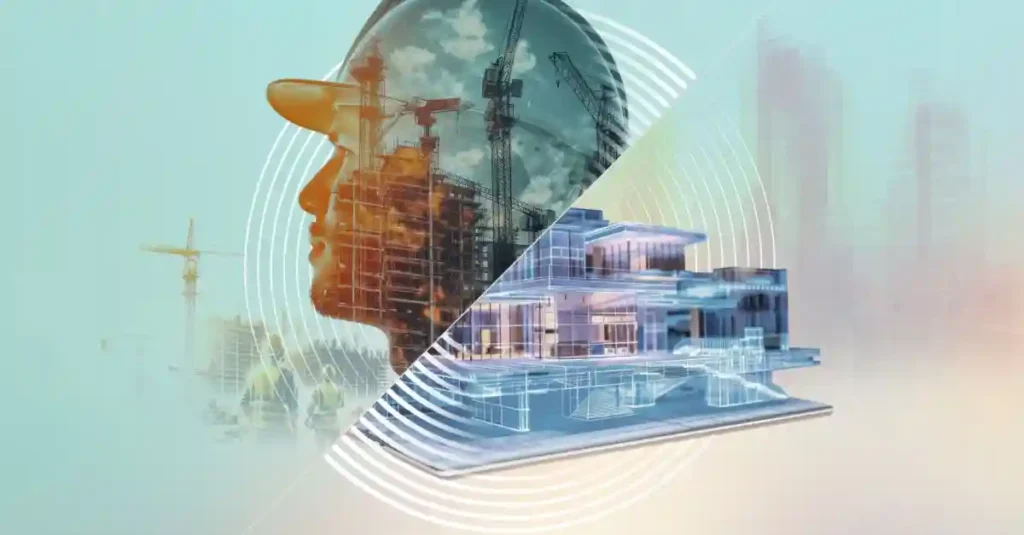Building codes don’t change overnight, but they’re definitely not staying still either. Behind many of these updates, there’s a quiet push from international construction companies working across borders. These firms don’t just bring cranes and concrete—they bring new expectations that ripple through local regulations.
Collaborations Accelerate Regulatory Updates
Working with different governments, international construction companies often help fast-track changes that would otherwise take years. Through joint ventures or public-private partnerships, these firms share modern practices that highlight gaps in outdated rules. Local regulators, seeing how new methods improve outcomes, start rewriting sections of the building code to catch up. It’s not always loud or publicized, but the influence is real.
In many parts of the world, code updates come slow without a push. But once an international construction company sets foot on a major public project, changes speed up. Officials get exposed to newer safety standards, structural solutions, or material testing protocols they hadn’t used before. These aren’t just tweaks—they often reshape how buildings are designed from the ground up.
Multinational Project Standards Shape Local Code Adoption
Bringing global construction practices into national projects often means rewriting the local rulebook. International teams follow internal guidelines that meet or exceed local codes, which often inspires lawmakers to raise the bar. If a country wants to attract foreign development, aligning codes with international expectations becomes a smart move.
This blending of standards can push lesser-known markets into the spotlight. Projects in emerging economies may suddenly reflect the precision and durability found in top-tier countries because the standards used on-site quietly influence local norms. As more global contractors arrive, their playbook often becomes the model for future legislation.
Global Sustainability Initiatives Prompt New Compliance Benchmarks
Green building isn’t just a trend—it’s becoming law. Many international construction companies participate in climate-focused coalitions and push for cleaner, more efficient practices. As they apply these across their projects, local authorities start adjusting their codes to reflect eco-conscious goals. It’s a chain reaction that raises expectations for every developer on the ground.
In some regions, these sustainability benchmarks enter the code far sooner than they would have through traditional policy-making. LEED certifications, energy modeling, and water-saving systems once considered “premium features” now show up in mandatory guidelines. This shift owes a lot to international firms making sustainable design a standard rather than a selling point.
Technological Transfers Drive Building Code Modernization
Construction tech moves fast—drones, BIM, prefabrication, smart sensors—and international construction companies bring those innovations to projects around the world. Once local teams witness the impact firsthand, pressure grows to revise codes so they allow and even require updated practices. These tools not only improve safety and speed, but they also set new expectations for precision and compliance.
On government sites especially, tech adoption spreads quicker. Projects funded by public agencies often become the testing ground for integrating these tools into formal regulations. Over time, a building code that once relied on manual inspections begins to require digital documentation, thanks to these technology transfers in .
International Safety Protocols Set Precedents in Local Regulations
Accident prevention remains one of the biggest drivers behind code changes. International construction companies follow rigorous safety protocols developed across multiple markets. As these methods prove effective, host countries often adapt similar rules to reduce site injuries and improve working conditions. Safety signage, equipment standards, and hazard training all get sharper.
Even the smallest details—like how scaffolding is anchored or how fall protection systems are tested—can trigger updates. International best practices often exceed local norms, and once adopted, these improvements tend to stick. Over time, what once seemed like overkill becomes the standard in high-risk construction environments.
Industry-Led Innovations Catalyze Building Code Revisions
Innovative materials and building systems often outpace existing codes. High-strength concrete, modular construction, or even carbon-neutral insulation might not be addressed in older guidelines. International firms introduce these features in their builds, forcing regulators to rewrite sections of the code to accommodate them. It’s not rebellion—it’s evolution, led by those already ahead of the curve.
In many cases, it’s these bold steps from international construction companies that create a ripple effect. Competing developers, local engineers, and architects see the benefits of new methods and start lobbying for change. Over time, the code shifts from merely reactive to adaptive—thanks to innovation that started on a global site.
Infrastructure Partnerships Foster Unified Code Enforcement Practices
Building codes are only as good as their enforcement. International firms often partner with local agencies to improve inspection protocols, contractor licensing, and permitting systems. These collaborations help create a more consistent enforcement culture across regions that might have previously applied rules unevenly or not at all.
The real win here is efficiency. A unified approach cuts down project delays and compliance confusion. It also raises trust in the final product, whether it’s a bridge, school, or airport. As global construction companies work with governments to build smarter infrastructure, they help make code enforcement less about red tape and more about accountability.






